There is a Sarum Breviary located in the library of Wake Forest University, North Carolina. This breviary was published in 1555 and contains a calendar not unlike that which we might expect to find in a more modern Latin breviary. In this calendar are found the dates on which the sun enters each constellation of the Zodiac, just as in the Papa Stronsay Calendar.
This page from a Sarum Rite breviary printed in 1555 gives the date that the sun enters Aquarius: Sol in aquario.
The "Aberdeen breviary" was edited by the eminent and highly respected Bishop William Elphinstone and was printed in 1507. At the appropriate place in every month can be seen the words “Sol in…” and then the name of the sign of the zodiac for that month — exactly as is found in the Papa Stronsay Calendar, which you can purchase at the bottom of this post.
The calendar page for March in the Aberdeen breviary. It marks the date on which the sun enters the constellation of Aries: Sol in ariete.
The Papa Stronsay calendar for 2015 also gives the date on which the sun enters each of the twelve constellations of the Zodiac, just like the old Aberdeen breviary and the Sarum Rite breviary shown above: Sol in Ariete.
Showing the sun entering the constellation of Aries, I think it is a good place to again remind ourselves of the words of Pope St Leo the Great:
"In the fifth century there was a controversy between Rome and
Alexandria about what the latest possible date for Easter could be.
According to Alexandrian tradition, it was April 25. Pope St. Leo the
Great (440-461) criticized this very late date by pointing out that,
according to the Bible, Easter should fall in the first month, and the
first month did not mean April, but the time when the sun is passing
through the first part of the Zodiac — the sign of Aries. The
constellation in the heavens seemed to speak, in advance and for all
time, of the Lamb of God, who takes away the sins of the world (Jn
I:29), the one who sums up in himself all the sacrifices of the innocent
and gives them their meaning. The mysterious story of the ram, caught
in the thicket and taking the place of Isaac as the sacrifice decreed by
God himself, was now seen as the pre-history of Christ. The fork of
the tree in which the ram was hanging was seen as a replica of the sign
of Aries, which in turn was the celestial foreshadowing of the crucified
Christ." - Pope Benedict XVI, The Spirit of the Liturgy, p. 99-100
"And God said: Let there be lights made in the firmament of heaven, to divide the day and the night, and let them be for signs, and for seasons, and for days and years." Gen. 1:14
You can order the Calendar right here and now:
"And God said: Let there be lights made in the firmament of heaven, to divide the day and the night, and let them be for signs, and for seasons, and for days and years." Gen. 1:14
You can order the Calendar right here and now:















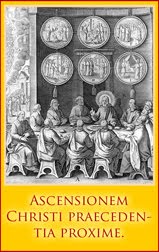


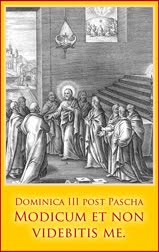



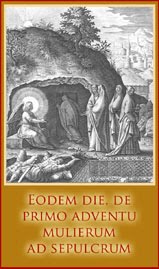
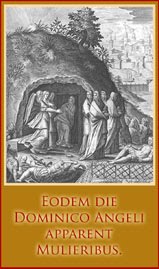
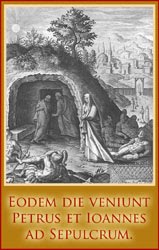




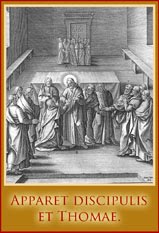

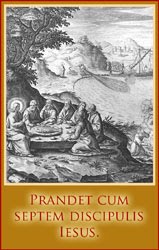



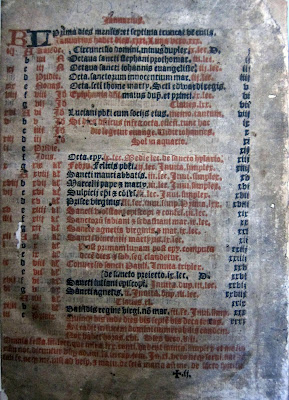






.jpg)





.png)

















































